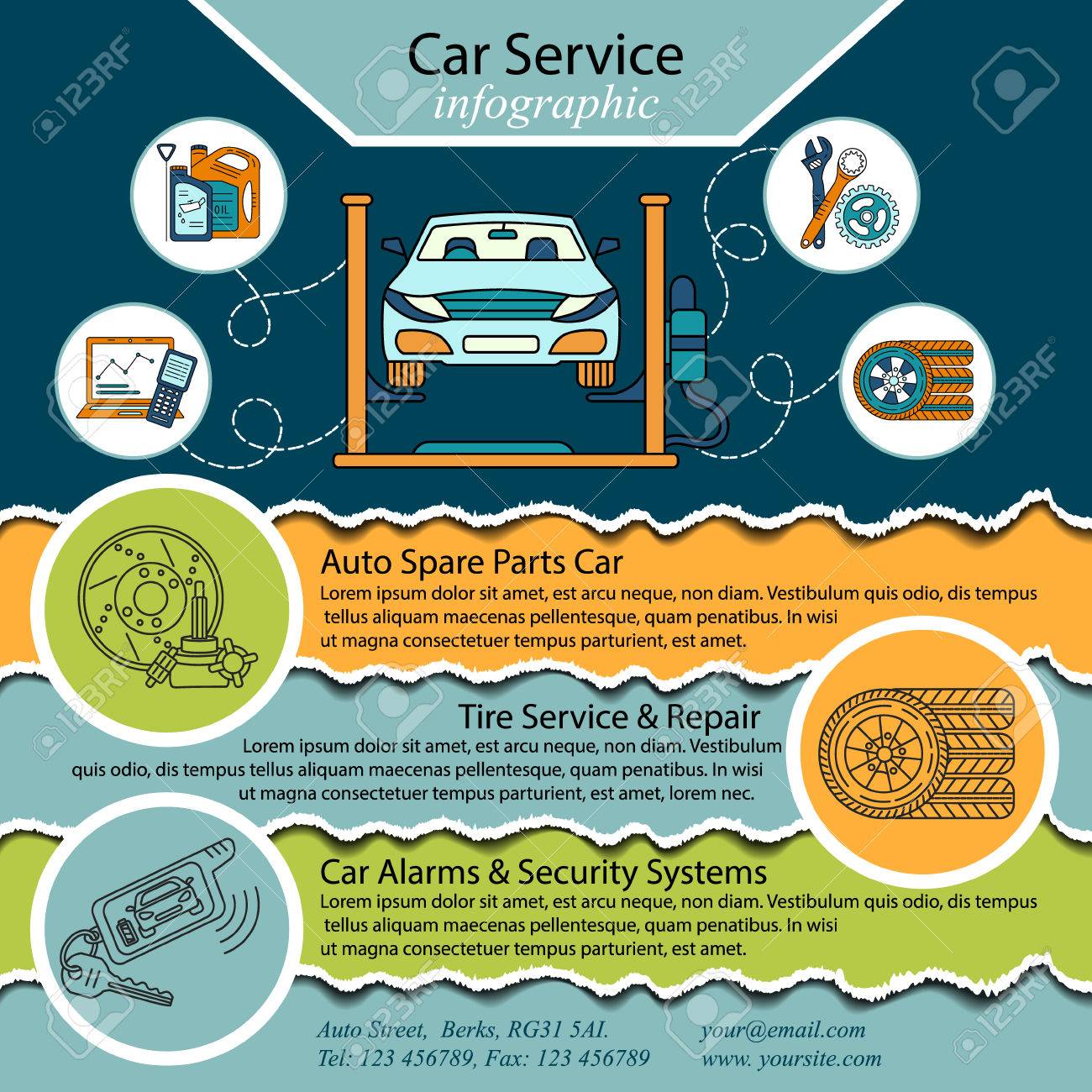Examining Your Auto'S Caution Indicators: What They Really Convey
Examining Your Auto'S Caution Indicators: What They Really Convey
Blog Article
Writer-Hartley Torres
When you're behind the wheel, those beautiful caution lights on your control panel can be a little bit puzzling. Do you understand what they're trying to inform you concerning your auto's wellness? Recognizing the significance of these lights is important for your safety and the long life of your vehicle. So, the following time among those lights pops up, wouldn't you wish to understand its message precisely and take the necessary steps to resolve it?
Common Caution Lighting and Interpretations
Identify usual caution lights in your auto and understand their definitions to guarantee secure driving.
One of the most normal caution lights consist of the check engine light, which indicates concerns with the engine or discharges system. If this light comes on, it's critical to have your car inspected promptly.
The oil stress cautioning light suggests low oil stress, calling for immediate focus to prevent engine damage.
A blinking battery light may recommend a faulty billing system, potentially leaving you stranded if not dealt with.
car ceramic coating auckland monitoring system (TPMS) light informs you to reduced tire pressure, affecting lorry security and fuel effectiveness. Overlooking this could cause harmful driving problems.
The abdominal muscle light shows a problem with the anti-lock braking system, endangering your ability to quit rapidly in emergency situations.
Lastly, the coolant temperature level alerting light warns of engine getting too hot, which can cause extreme damages otherwise settled swiftly.
Comprehending these usual caution lights will aid you attend to concerns immediately and maintain safe driving problems.
Relevance of Prompt Focus
Comprehending the typical caution lights in your automobile is only the primary step; the importance of promptly addressing these cautions can not be stressed sufficient to guarantee your safety and security when driving.
When a warning light brightens on your dashboard, it's your automobile's way of connecting a possible problem that requires interest. Ignoring these warnings can result in extra extreme troubles in the future, compromising your security and possibly costing you more in repairs.
Trigger interest to advising lights can avoid malfunctions and mishaps. For instance, a flashing check engine light could suggest a misfire that, if left neglected, might create damages to the catalytic converter. Resolving this without delay can save you from an expensive repair service.
Likewise, a brake system warning light might signal reduced brake liquid or worn brake pads, important parts for your safety when driving.
DIY Troubleshooting Tips
If you observe a caution light on your control panel, there are a few do it yourself fixing ideas you can attempt before looking for expert assistance.
The initial step is to consult your car's guidebook to comprehend what the particular caution light suggests. In some cases the problem can be as straightforward as a loosened gas cap causing the check engine light. Tightening the gas cap may settle the problem.
Another typical issue is a reduced battery, which can activate various warning lights. Examining the battery connections for corrosion and guaranteeing they're protected may repair the problem.
If a caution light continues, you can try resetting it by detaching the vehicle's battery for a couple of minutes and after that reconnecting it. In addition, examining your automobile's fluid levels, such as oil, coolant, and brake liquid, can assist troubleshoot alerting lights related to these systems.
Verdict
To conclude, comprehending your vehicle's warning lights is important for keeping your vehicle running smoothly and safely. By promptly resolving these notifies and knowing what they indicate, you can avoid expensive repair services and potential failures.
Keep in mind to consult your cars and truck's handbook for particular details on each cautioning light and do something about it accordingly to guarantee a trouble-free driving experience.
Remain notified, remain safe when driving!
